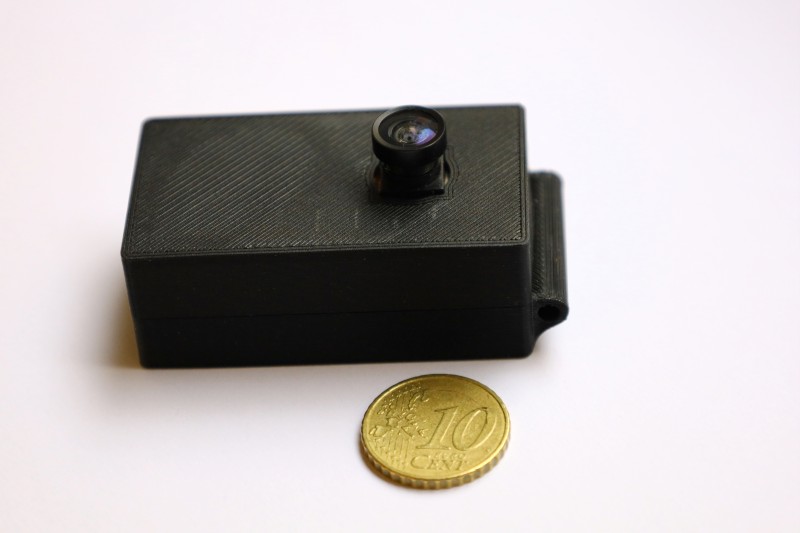Menu
αΩ-meter
personal light history
Version 1.0
The αΩ-meter records the personal spatial light history and allows for α-opic evaluation of arbitrary image regions.

αΩ-meter:
The αΩ-meter is a camera based light dosimeter, that was developed as part of my PhD project. The αΩ-meter consist of a ESP32 microcontroller and an OmniVision OV2640 camera sensor with fish-eye lens. The dosimeter provides six channels. The five α-opic channels and a luminance channel: sc, mc, lc, rh, mel and V(λ).
Parts:
- ESP32-CAM Board
- OV2640 with 160° lens (diagonal)
- 2x 1.5 V AAA lithium battery
- AAA battery clip
- 2x short wires
- Micro SD-card
- Housing (3D model available)
- USB-TTL adapter (firmware & calibration)
- Jumper wires female-female (firmware & calibration)
Flash the firmware:
To flash the firmware onto the ESP32-CAM board, follow these steps:
- Setup the flash toolchain ESP-IDF (eclipse recommended)
- Connect the USB-TTL adapter to the ESP32-CAM board
- Compile the firmware
- Flash the firmware
Assembly:
- Glue the battery clip into the case.
- Flash the firmware onto the ESP32-CAM board.
- Solder the two wires to the battery clip and the ESP32.CAM board, +3V and ground.
- Format SD-card with FAT32 format.
- Create the folders “calibration” and “data” on the SD card.
- Create settings file and add it to the “calibration” folder.
- Insert SD-card.
- Connect camera to ESP32CAM board.
- Insert 2x 1.5 AAA lithium batteries.
- Close the dosimeter case.
Calibration:
The calibration process is divided into several stages. For each step, Matlab and Octave scripts or prepared calibration files will be available after the PhD thesis publication.